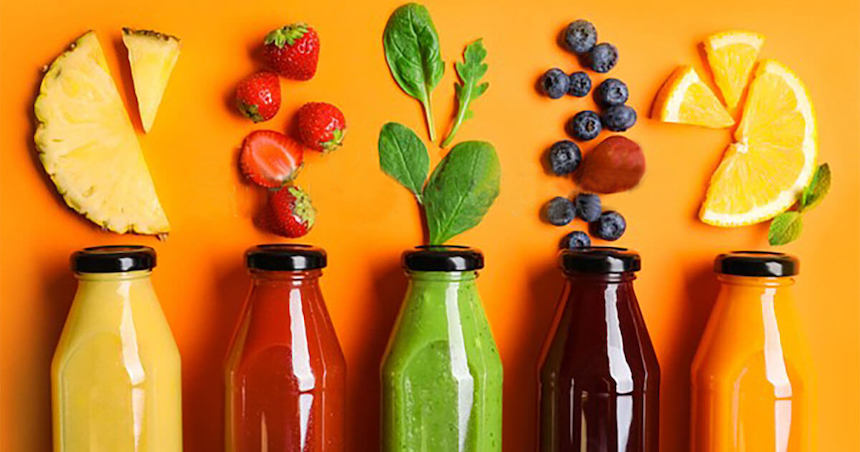
It’s time to fix yourself a refreshing glass of juice, shall we? But wait, before you gleefully press down on that power button of your cold press juicer, have you ever considered the environmental implications of your seemingly harmless action? What’s the big deal, you may ask? It’s just a machine juicing out some fresh produce, right? Well, not entirely. Today, we reach beyond the shiny surface of our budding love for cold press juices to explore the machinery behind it all – their environmental impact and what it means for you and, most importantly, our planet.
To understand the environment and where these intriguing household appliances fit in, we’ll be dissecting the design, operation, and disposal process of cold press juice machines. Topping it off, we’ll be looking at what brands are doing to reduce their ecological footprint and how we, as informed consumers, can make responsible choices. It’s not just about satisfying our tastebuds; it’s about understanding their lasting impression on our environment.
If you find yourself an enthusiast of both well-pressed fruity goodness and the long-term health of Mother Earth – this comprehensive overview is for you. Pull up a chair, grab a notepad, and let’s unravel the environmental facet of cold press juice machines together.
Understanding Cold Press Juice Machines
Before we wade into the murky environmental waters, it’s crucial to understand exactly what we’re dealing with. So, what are cold press juice machines? Why are they so popular, and how do they work? Unlike centrifugal juicers, cold press machines don’t produce as much heat, thereby retaining more nutrients and enzymes in your juice. They’re stylish, convenient, and the epitome of a ‘healthy lifestyle.’ But behind all that gleam and shimmer, there’s a somewhat darker story.
The Manufacturing Process
Manufacturing a cold press juice machine involves multiple plastic components synthesized from fossil fuels. Ultimately, releasing harmful greenhouse gases. Notably, the majority of cold-press juicers are produced overseas, increasing their carbon footprint due to cross-continental shipping.
Operational Impact
Operationally, cold press juicers consume less power than traditional juicers, a positive for their environmental scorecard. However, the significant amount of water needed to rinse and clean these machines after every use impacts water conversation efforts globally.
Disposal and Waste Management
Every gadget has a lifespan, and for cold press juice machines, it’s usually around five to ten years. How we dispose of these appliances at their end of life directly contributes to e-waste. Unfortunately, most of these machines aren’t built with disassembly in mind, making them difficult to recycle efficiently.
Brands Finding Solutions
Progressively, companies are designing their appliances with the future in mind, encouraging recycling, using biodegradable materials, and reducing water consumption in their designs. This surge of eco-conscious manufacturing speaks volumes for the potential of a greener future.
Making Informed Consumer Choices
So, what can you do? Buying less but better, opting for energy-efficient appliances, supporting ecologically responsible brands, and adhering to correct recycling procedures can considerably reduce the environmental impact of cold press juicers, and consumer products in general.
Concluding Thoughts
To wrap it up, the environmental impact of cold press juice machines is a nuanced issue. Yes, it’s about the machines, but it also reaches into the sphere of consumerism and how our choices affect the world around us. No machine (or product!) exists in a vacuum, and understanding these dynamics holistically is key to making changes in our consumer habits that benefit, rather than hinder, our planet.
It’s, therefore, an essential shift in perspective as we walk into appliance stores, or scroll through online shopping sites, to ask ourselves: What is the environmental cost of this product, and is there a more responsible alternative? Informed choices define our future, and every small step brings us closer to a sustainable world.
Raise your glass of fresh, sustainably sourced juice high – here’s to living greener, one juice press at a time.
- Understanding the Environmental Impact of Cold Press Juice Machines - March 2, 2024
- Understanding the Importance of Security Doors in Ensuring Home Safety - October 12, 2023
- Reviving Old Charm: Innovative Ways To Use Postcards in the Digital Age - September 9, 2023






